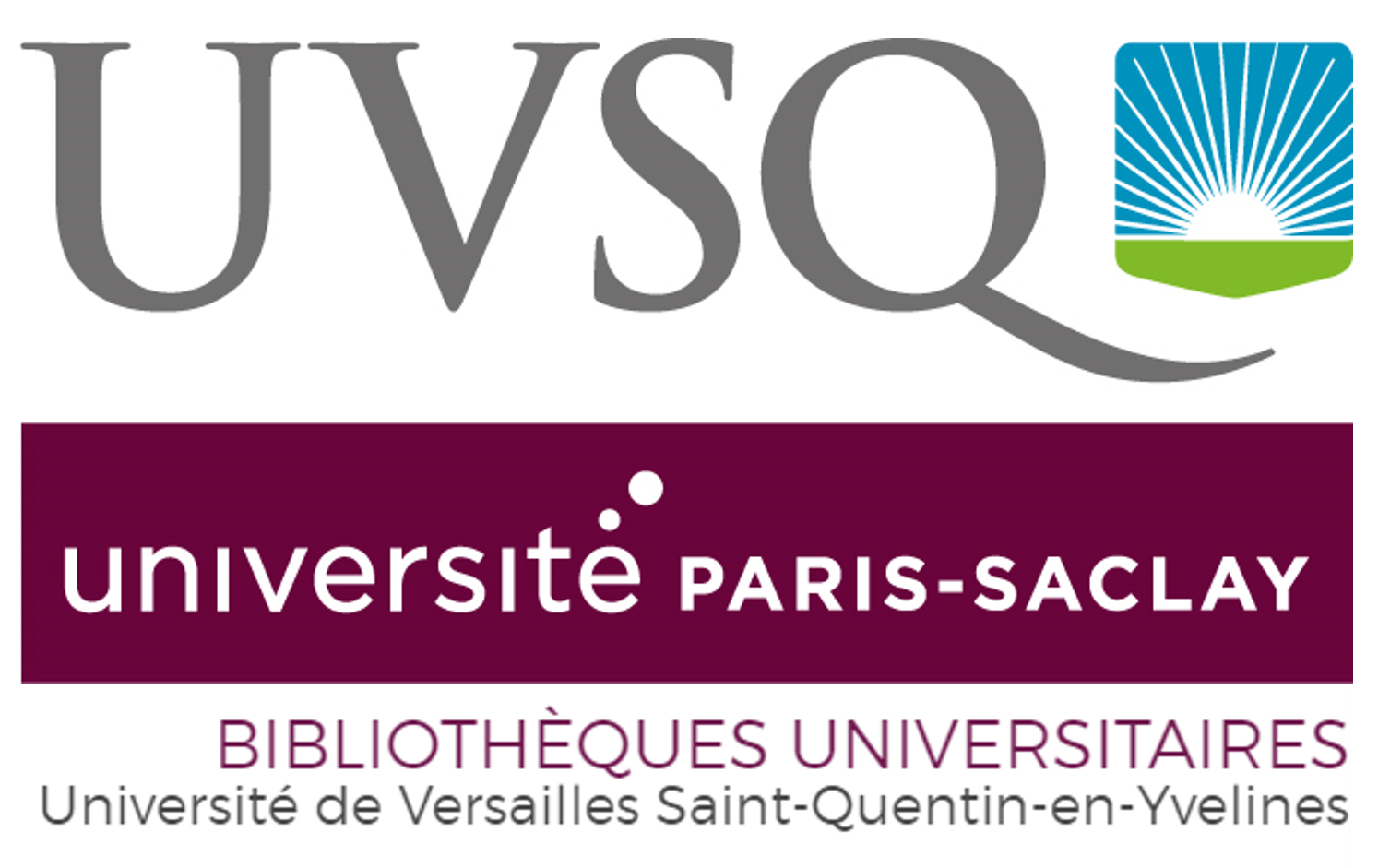Supra-threshold Inspiratory Loads Elicit Respiratory Related Evoked Potentials in Healthy Subjects
Résumé
Introduction Respiratory-related evoked potential (RREP) are well established cerebral correlates of respiratory perceptions. The early components N1/P1 reflect first-order sensory processing of afferent respiratory signals in brain sensorimotor regions while the late ones P2/P3 involve higher-order cognitive processing [1]. The current stimuli used to elicited RREP are short occlusions at the onset of an inspiration or a transiant interruption of the inspiration [1]. Durations of the inspiratory occlusion do not affect RREP components [2] while there is a linear relationship between inspiratory loads and RREP components amplitudes. Moreover, an inspiration load need to reach some threshold value to elicit RREP [1,3]. Here, we investigated whether supra-threshold load inspiration could induce RREP without occlusion. Methods: EEG was synchronously recorded with the respiratory signals in 11 healthy volunteers breathing into a mouthpiece connected to a non-rebreathing valve. Four consecutives inspiration loads were produced by a pressure-threshold device connected to the non-rebreathing valve: no_Load, 10, 20 and 30 cmH2O/L/sec. Each load was presented during 5 minutes and there is a 3-min resting time between two consecutives loads presentations. Magnitude estimation (ME) for each load was scored with the A1 subscale of the Multi-dimensional profile of dyspnea. Inspiration onset time locked EEG epochs were averaged for each breathing conditions and examined for presence of RREP components. Results: The no_load condition did not elicit any peak of RREP, but 10, 20 and 30 cmH2O/L/sec produced N1 and P3 RREP components with amplitudes correlating with the loads as well as the loads' magnitude estimation. Mean amplitudes of the N1 and P3 RREP components for 10, 20 and 30 cmH2O/L/sec were respectively 3.6 ±0.5, 5.6 ±0.9, 3.8 ±1.3 and-4.5 ±1.3,-11.4 ±2.4,-7.6 ±2.2 µV. Conclusion: Supra-threshold load inspiration could induce RREP without occlusion. This method should be compared with the standard inspiration occlusion method.

